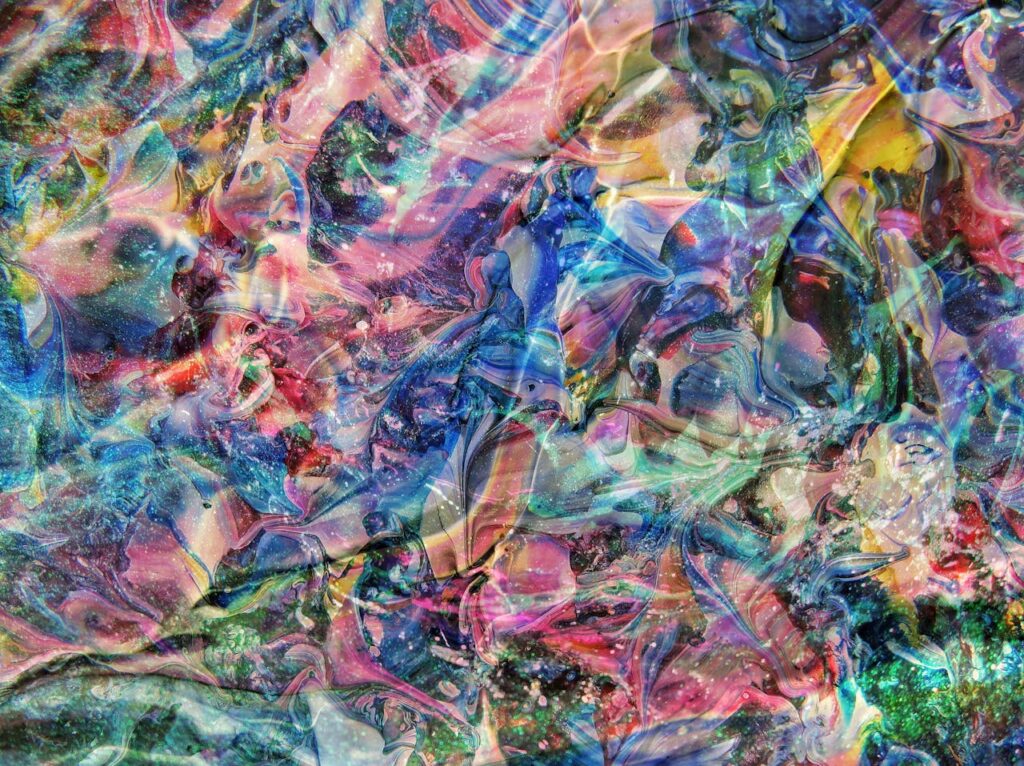Table of Contents
- Introduction
- Why Colour Seasons Change
- Signs Your Colour Season Has Shifted
- Steps to Transition Your Wardrobe
- 4.1. Reassess Your Current Wardrobe
- 4.2. Identify Key Transitional Pieces
- 4.3. Balance Old and New Colours
- 4.4. Invest in Staples for Your New Season
- Makeup and Accessories Adjustments
- Building Confidence in Your New Palette
- Case Study: Transition from Winter to Autumn Palette
- Practical Shopping Tips in Singapore
- Conclusion
1. Introduction
Personal colour analysis helps align your wardrobe, makeup, and accessories with your natural colouring. However, your personal colour season may shift over time due to aging, lifestyle changes, or even changes in hair colour. Transitioning your wardrobe when this happens can feel overwhelming, but with a structured approach, it becomes an exciting opportunity to refine your personal style.

2. Why Colour Seasons Change
While colour analysis offers a stable foundation, certain life changes can influence your season:
- Natural Aging – Hair greying or skin tone becoming softer or cooler.
- Lifestyle & Environment – Sun exposure or climate can subtly alter your undertone.
- Hair Dye & Styling Choices – A new hair colour may shift your balance, requiring different wardrobe hues.
- Health & Skin Changes – Conditions like rosacea or tanning may temporarily affect your undertone.
3. Signs Your Colour Season Has Shifted
Some clues that suggest your palette may have changed include:
- Clothes that used to flatter now appear dull or harsh.
- Makeup shades no longer blend naturally.
- Neutrals you once loved feel mismatched against your complexion.
- Compliments you used to receive on your outfits have reduced.
4. Steps to Transition Your Wardrobe
4.1. Reassess Your Current Wardrobe
Sort your wardrobe into three categories:
- Still Flattering – Works in your new season.
- Neutral but Adjustable – Can be styled with new colours.
- Outdated or Harsh – Best to replace.
4.2. Identify Key Transitional Pieces
Look for versatile items (scarves, blouses, cardigans) that bridge your old palette with your new one.
4.3. Balance Old and New Colours
Mix your old neutrals with new accent colours to avoid replacing everything at once. For example, pair a soft beige blouse (old neutral) with a deep teal scarf (new palette).
4.4. Invest in Staples for Your New Season
Start with foundational pieces such as coats, shoes, or handbags in your new best colours. These staples create consistency across your outfits.
5. Makeup and Accessories Adjustments
Makeup plays a critical role in adapting to your new colour season:
- Swap lipsticks that no longer harmonise with your undertones.
- Adjust foundation shades for better skin blending.
- Introduce accessories like jewellery that align with your new season (e.g., gold vs. silver tones).
6. Building Confidence in Your New Palette
Shifting palettes can feel like an identity change. Confidence comes with experimenting and learning which shades bring out your natural glow. Take small steps, gradually layering new colours into your style until the palette feels authentically yours.
7. Case Study: Transition from Winter to Autumn Palette
A professional in Singapore who once thrived in Winter’s cool jewel tones (like sapphire and emerald) noticed with age and warmer hair dye that Autumn’s earthy palette suited her better. She began transitioning by:
- Swapping black blazers for deep olive or camel.
- Replacing icy lipsticks with terracotta tones.
- Keeping some Winter pieces but warming them with Autumn scarves.
The result was a softer, more harmonious look that matched her evolving appearance.
8. Practical Shopping Tips in Singapore
- Visit multi-brand stores that stock a wide range of colour options.
- Use accessories like lightweight shawls to test new colours before investing heavily.
- Tailor shopping for Singapore’s humid climate with breathable fabrics in season-friendly hues.
9. Conclusion
Changing colour seasons is a natural evolution, not a setback. By reassessing your wardrobe, adjusting your makeup, and adding transitional pieces, you can move gracefully into your new palette. Your style remains uniquely yours, but now it reflects the best of who you are in the present.
